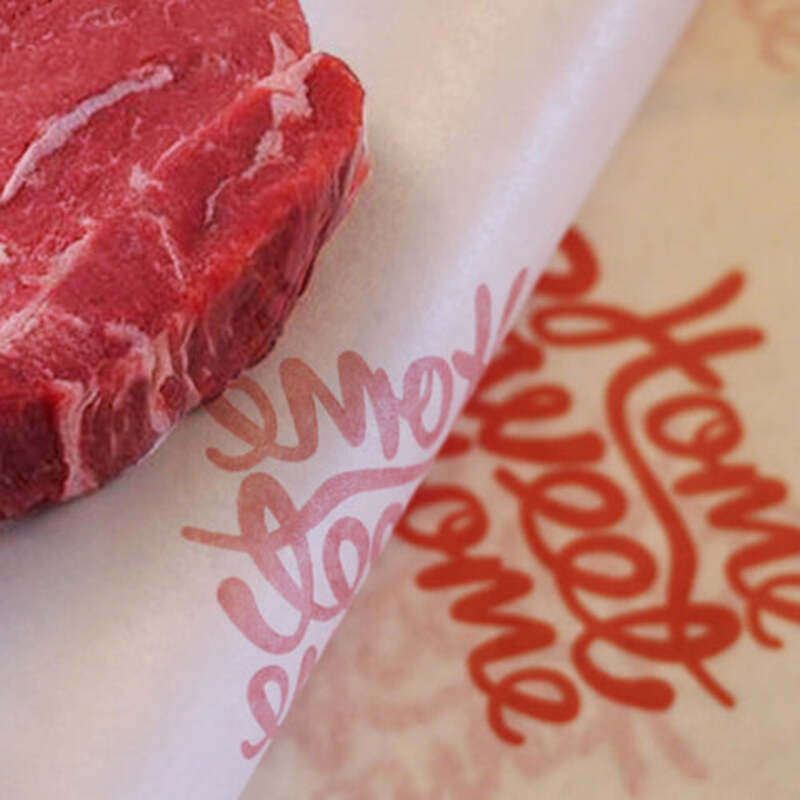The Trend of Wine Boxes A Convenient and Sustainable Choice
In recent years, wine boxes have surged in popularity, transforming how we purchase, store, and enjoy our favorite bottles. Traditionally, wine was primarily sold in glass bottles, which, while classic, can pose certain inconveniences. Wine boxes, also known as bag-in-box wine, offer a practical alternative that appeals to a variety of consumers—from casual drinkers to wine connoisseurs.
The Appeal of Wine Boxes
One of the most significant advantages of wine boxes is their convenience. The lightweight material makes them easy to transport, allowing wine enthusiasts to enjoy their favorite varietals at picnics, barbecues, or beach outings without the risk of breakage associated with glass bottles. Additionally, a standard wine box typically contains three liters of wine, which equates to about four standard bottles. This volume makes wine boxes an economical choice for gatherings, ensuring you have enough to share without frequent trips to the store.
Another benefit of wine boxes is their extended shelf life once opened. Unlike traditional wine bottles, which can oxidize quickly when exposed to air, the airtight seal of wine boxes allows them to stay fresh for weeks, or even months. This feature appeals particularly to those who may not consume a full bottle in one sitting, allowing for enjoyment over extended periods without compromising quality.
Sustainability Factor
The environmental impact of packaging is increasingly on consumers' minds, and wine boxes often present a more sustainable option compared to glass bottles. The production of glass bottles is resource-intensive, requiring significant amounts of energy and raw materials. In contrast, wine boxes are lighter and easier to transport, contributing to lower carbon emissions during shipping. Additionally, many wine boxes are made from recyclable materials, fostering a more sustainable circular economy.
wine boxes

Wine producers have started to recognize this shift in consumer preferences, leading to an increase in the variety and quality of wines offered in boxes. No longer limited to low-quality options, many wineries are now producing premium wines in boxed formats. This trend has led to a renaissance of sorts, with winemakers experimenting with diverse blends and unique flavor profiles, all available in a convenient format.
A Taste Revolution
While some wine aficionados may initially scoff at the notion of boxed wines, recent years have seen a shift in prestige surrounding this format. Many wine competitions now include categories specifically for bag-in-box wines, encouraging wineries to create high-quality offerings that stand up to their bottled counterparts. This has fostered an environment of innovation, with winemakers focusing on selecting the best grapes, employing advanced winemaking techniques, and utilizing the unique packaging to enhance the wine experience.
For the everyday consumer, wine boxes not only break down the barriers traditionally associated with fine wine but also promote exploration and experimentation. With various flavors available, drinkers can try new varietals without the commitment of purchasing an entire bottle. This encourages a more relaxed and enjoyable approach to wine tasting.
Conclusion
In conclusion, the rise of wine boxes signifies a broader shift in consumer preferences towards convenience, sustainability, and quality. With their transport-friendly design, increased shelf life, and eco-friendly packaging, wine boxes cater to a diverse audience, from casual drinkers to discerning wine lovers. As the industry continues to innovate and expand, we can expect boxed wines to further establish their place in the hearts and homes of wine enthusiasts around the world. The future of wine consumption is undoubtedly evolving, and wine boxes are leading the way in this exciting revolution. Whether for a cozy night in or a festive celebration, wine boxes offer a modern solution to age-old traditions, making them a delightful addition to today's wine culture.



